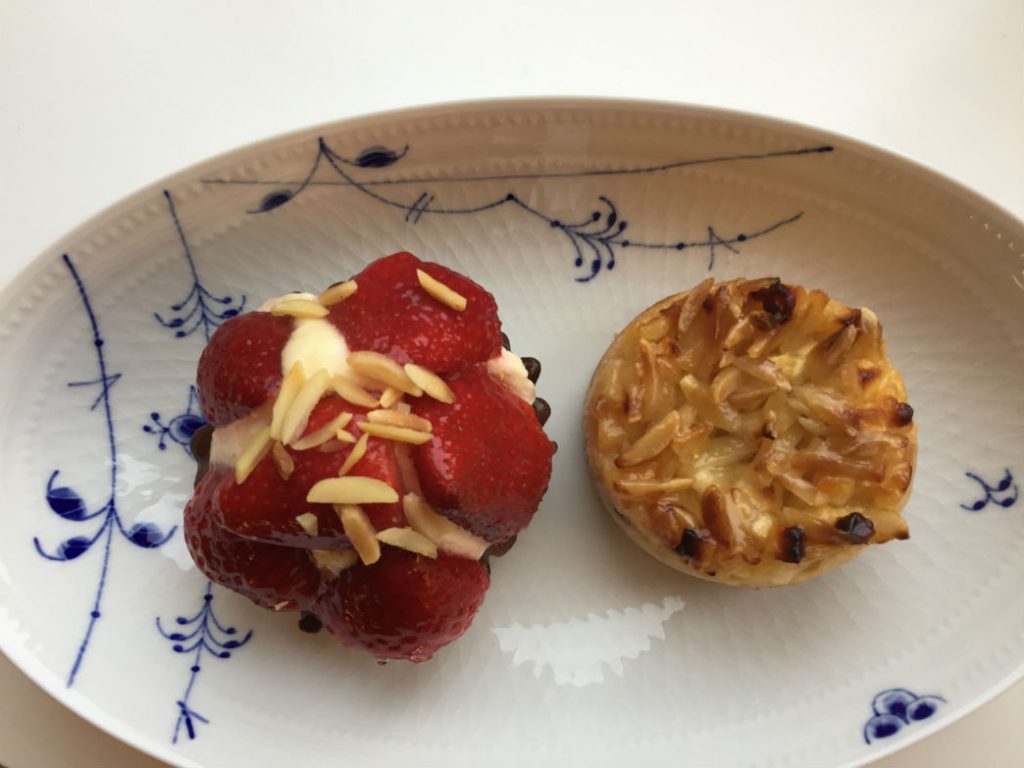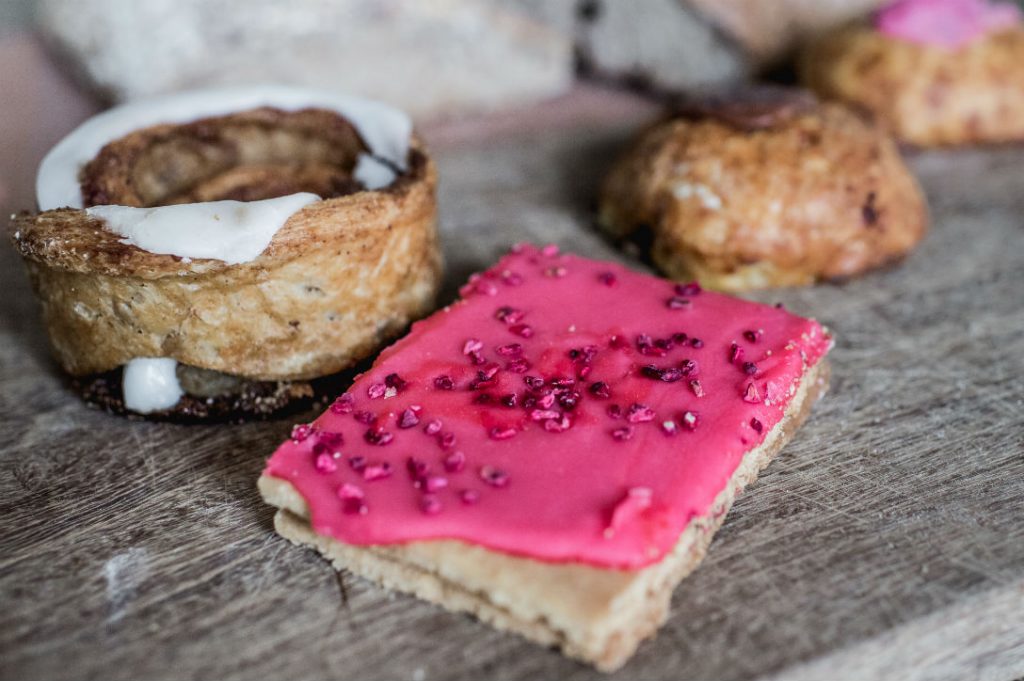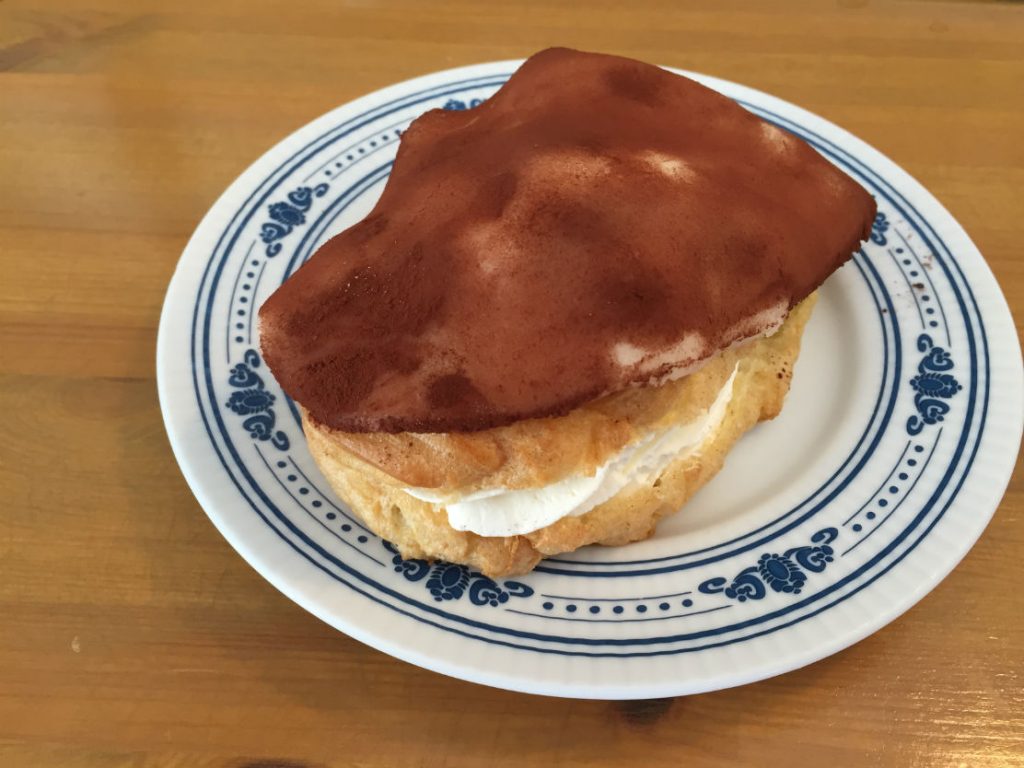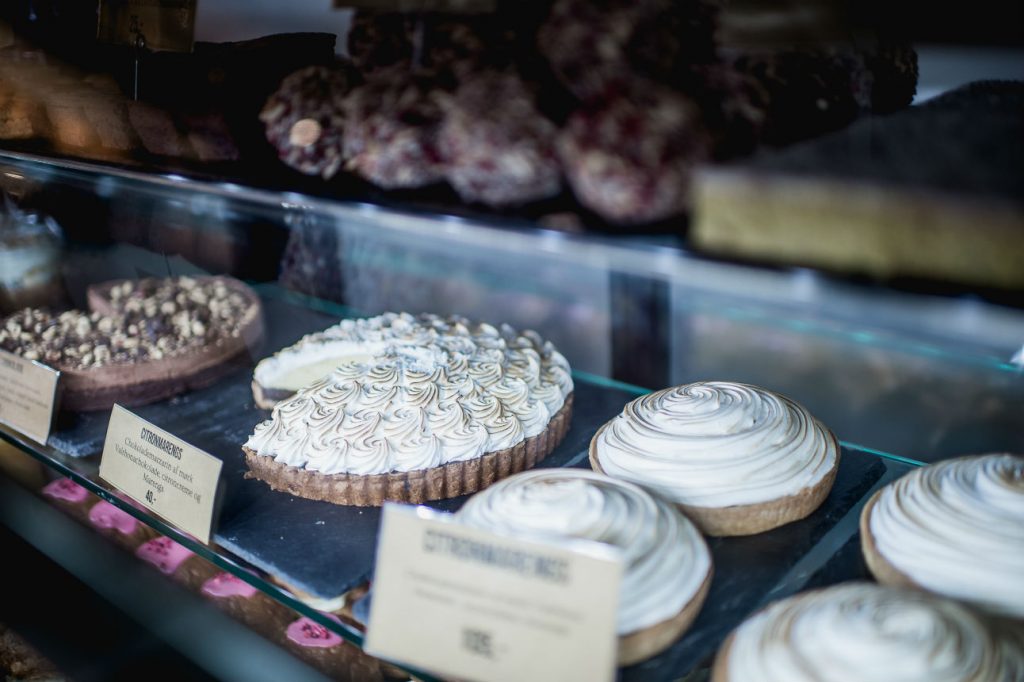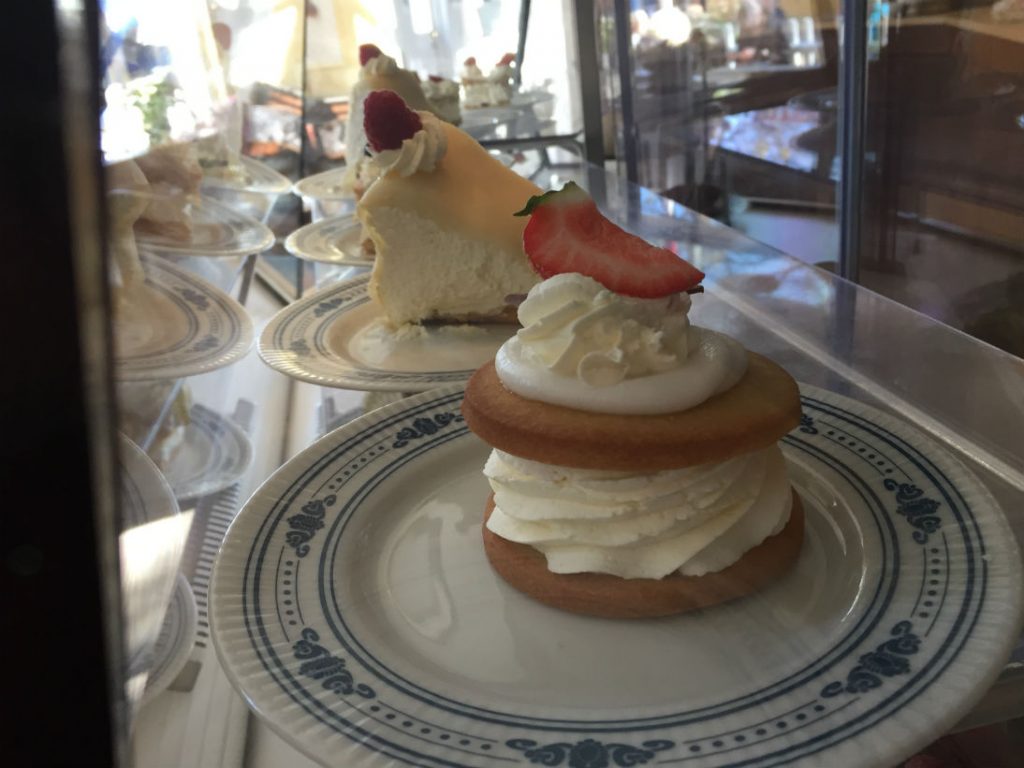Have something sweet with your tea today

No time to bake a cake? Danish bakeries are full of delicious alternatives. This weekend you might be tempted to try a new one?
The article continues below.
By Bente D. Knudsen and Caroline Boutrup Nielsen Pictures: Mayra Navarrete/ Bente D. Knudsen
Time to indulge in a small sweet treat? Perhaps the Danish pastry and cakes are new to you. Find inspiration in our guide to mouth-watering delicacies.
The heavenly fragrance that greets you when you enter a bakery doesn’t come from the bread.
It most likely comes from the shelves nearest the window, where all the pastry, wienerbrød, is: you might have problems getting what you want if you ask for a “Danish”.
The Danish pastry tradition can be traced back to 1845, when a young Danish baker went on a trip to Vienna, at the time the Austrian capital was considered the place to be to learn the art of bakery.
He was inspired by the Viennese croissants made from yeast dough with butter rolled inside.
Upon his return to Denmark, he started creating pastries using this technique, creating different types of fillings, making them in a variety of shapes.
They were to be known as wienerbrød, bread from Vienna.
Rather amusing, when you think of how world famous the so-called Danish pastry subsequently has become, in some countries even just referred to as having a “Danish”.
The article continues below.
Wienerbrød is for those special breakfast occasions and even today, it is still an integral part of the traditional Friday morning breakfast at work and the Sunday morning family breakfast table.
Wienerbrød is sold as both a big “cake” for sharing and in single pieces.
The most traditional big ones are kringle and stang, the small ones are snegl (cinnamon snail), overskåren (cut over – a slice of a bigger pastry) and spandaur/bagerens dårlige øje (the baker’s bad eye – a round pastry with cream or jam in the middle).
Tebirkes are in a league of their own. Tebirkes (tea berks), frøsnappere (frog snappers), and croissants are made out of the same dough and with the same technique as wienerbrød, but are still in a category of their own.
They are not quite as sweet and are sometimes eaten like a sweet bun with butter and cheese or jam in the middle, often served at the same occasions as the rest of the wienerbrød, but somehow eaten with a slightly lighter conscience!
You can of course find other “real” cakes at the bakery find inspiration below.
Besides the above-mentioned categories of breads and pastries, there are also a range of cakes at the bakery.
On the cold refrigerated shelves, you will find the cream cakes, flødekager. They are filled with freshly whipped cream and cake cream, often topped with marzipan, fruit and chocolate.
Typical ones are kartoffelkage (potato cake), gåsebryst (goose breast) and jordbærkage (strawberry cake). No worries, in the first two you will find neither potato nor goose breast, however there are strawberries in the last one!
They are delicious but extremely rich and Danes buy them for special occasions or as an infrequent treat.
Dry cakes, tørkager, are denser, small cakes that the baker doesn’t bake quite as often, since they keep for more than a day.
They are often baked with shortcrust pastry filled with marzipan, chocolate, nuts, jam and so on. Small tærter (tarts), hindbærsnitter (raspberry pieces) and træstammer (logs) are examples of these.
The dry cakes are not eaten on any specific occasion. They are good to have as a small sweet supplement with your afternoon tea with friends or at a business meeting in the afternoon.
Of course this weekend is also your last change to have the Fastelavnsbolle – read more about it here.
Maybe you need to treat yourself more than once to try them all out.
Happy weekend!
